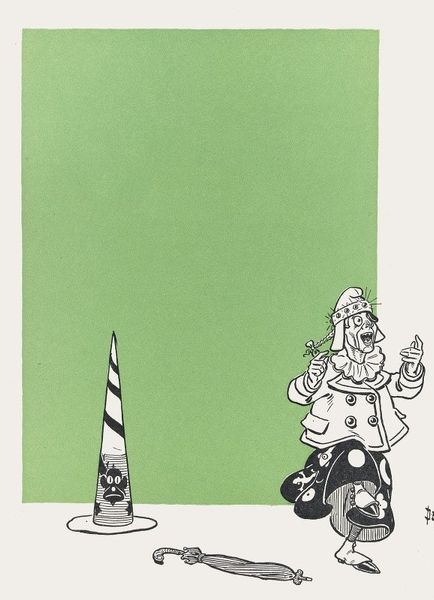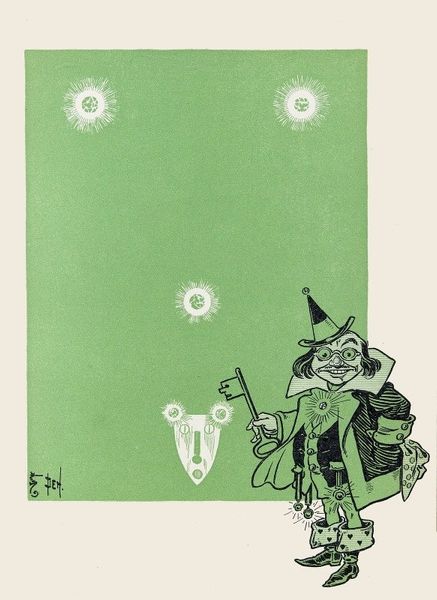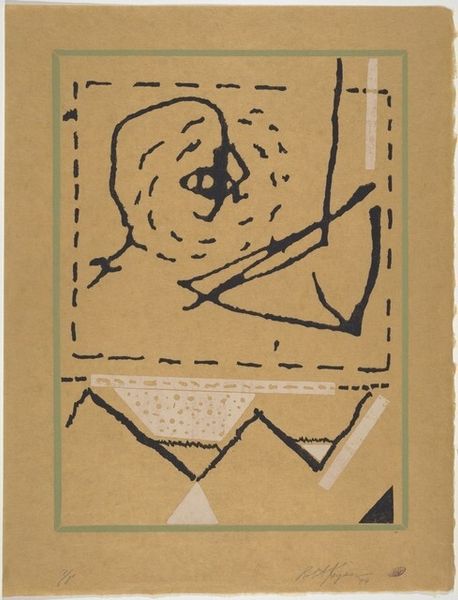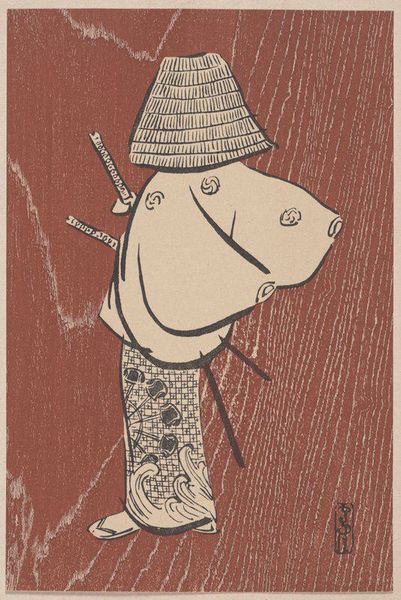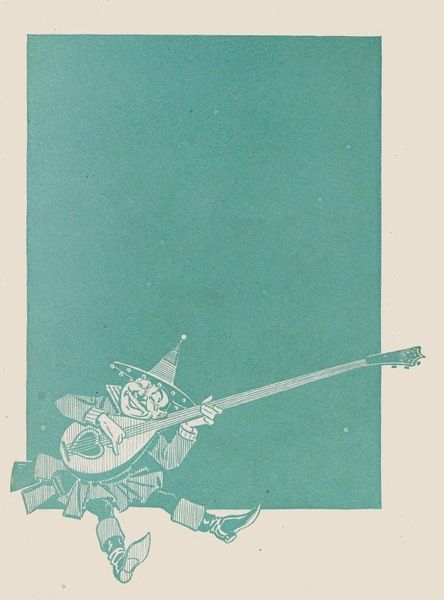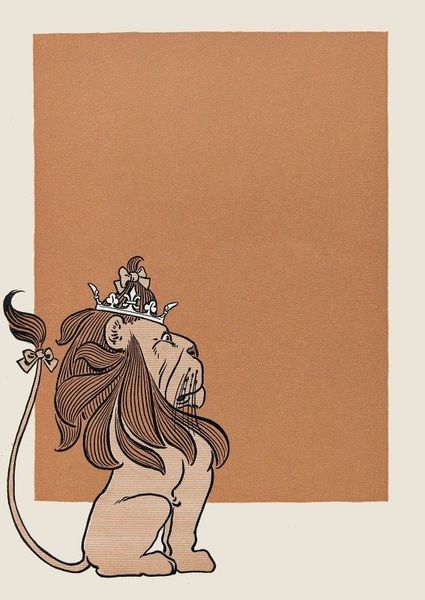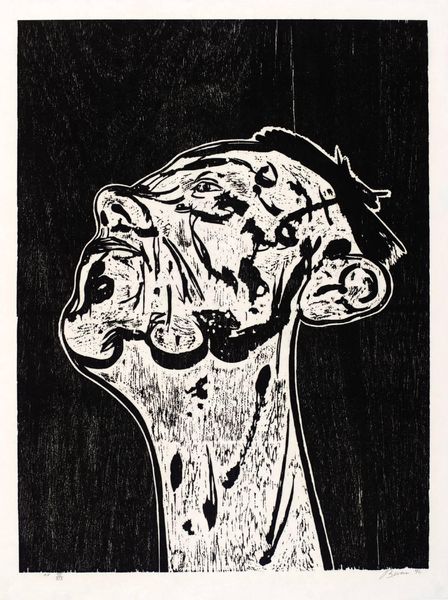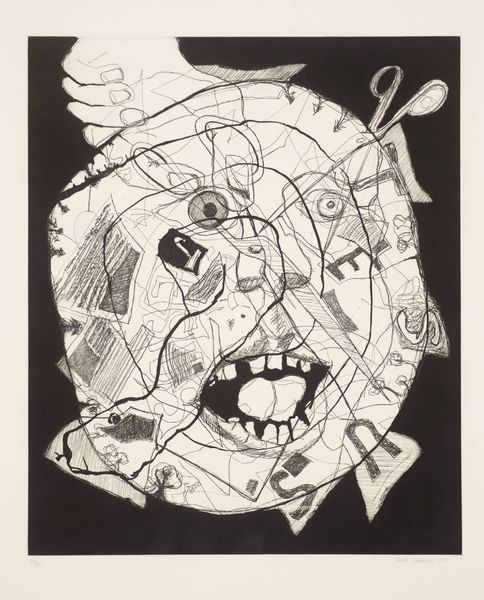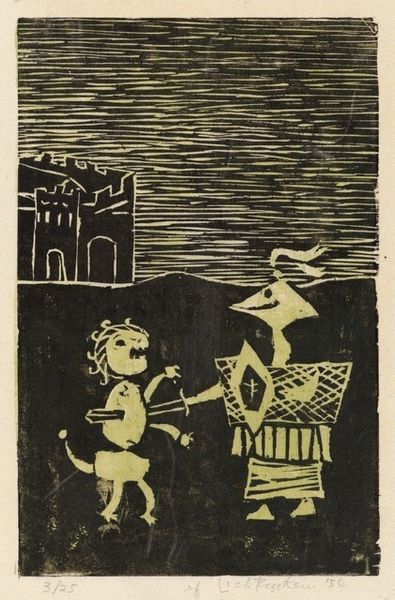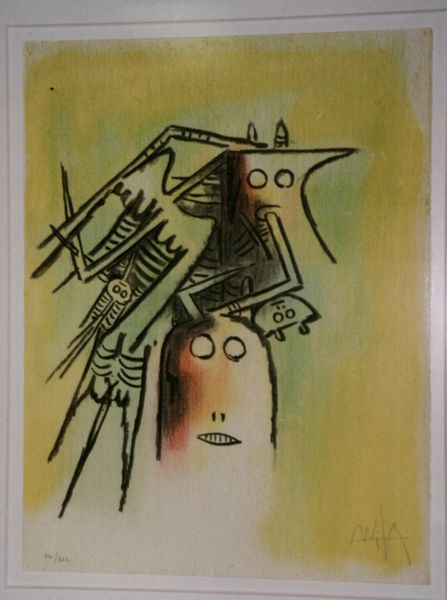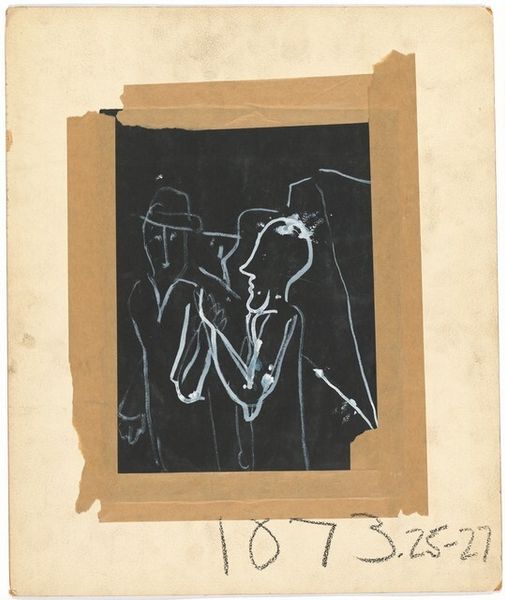
drawing, print
#
drawing
# print
#
figuration
#
flat colour
#
folk-art
#
cartoon style
Copyright: Public Domain: Artvee
Editor: This drawing, titled "Chapter XX" by William Wallace Denslow, dates back to 1900. It’s a print, featuring the Scarecrow from *The Wizard of Oz*, in a simple, almost folk-arty style. I find it both charming and unsettling; the large blank space creates a sense of anticipation. What can you tell me about its place in the cultural landscape of its time? Curator: That large blank space is fascinating, isn't it? Denslow's illustration exists in the context of late 19th and early 20th-century anxieties about industrialization and the loss of agrarian life, yet its reception also benefited from its alignment with growing consumer culture. Consider, how did "The Wonderful Wizard of Oz" as both a book and Denslow’s visual interpretation serve to navigate those shifting societal values for the public? Editor: That's interesting. So, the nostalgia for a simpler, agricultural past intertwined with new forms of mass production and consumerism. I see how this piece may romanticize rural figures. Do you think it directly criticizes the industrial world, or is it more nuanced than that? Curator: I'd say it’s nuanced. While the Scarecrow represents a sort of idealized "common man," lacking in traditional knowledge but resourceful, the flat color and cartoonish style also speak to mass production. It democratizes the image, making it accessible, and easily reproducible, ultimately blurring any simplistic anti-industrial message. Were there particular exhibitions that Denslow participated in, further establishing him in the public's mind? Editor: I am unsure. Curator: Knowing those exhibition histories would further contextualize Denslow’s intent and public image. He was working during the rise of children’s book illustration as an art form. Denslow leveraged that context to bring this cartoon directly to families and kids, thereby intertwining artistic endeavor with emerging forms of consumer culture, that made it even more powerful in that day and age. Editor: It’s amazing to see how historical context completely transforms our understanding of such a simple-seeming piece! I will remember that!
Comments
No comments
Be the first to comment and join the conversation on the ultimate creative platform.
